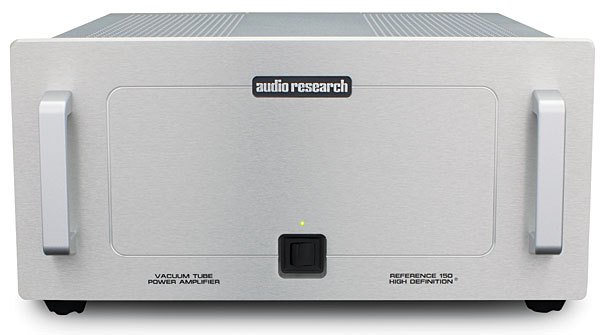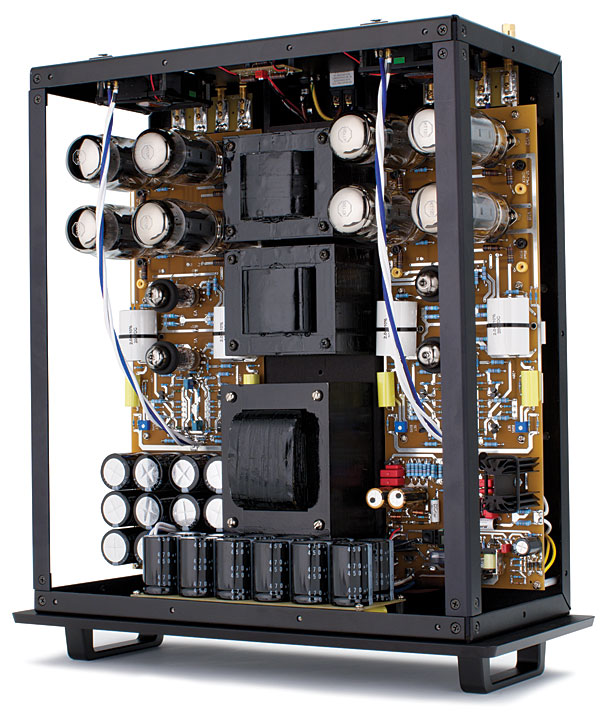| Columns Retired Columns & Blogs |
In this review we get two sentences from the Erick Lichte on how this amplifier sounds and whether he likes it: The ARC sounded significantly more dynamic and open plugged into the wall; the Hydra 8 obscured the amp's drive and punch in a very obvious way. End of review of the ARC Ref150, for all intents and purposes.
Lichte then proceeds to attach the first of two after-market power cords. He likes the first combination a lot, and swoons over the ARC when attached to the second: I thought I'd try the 20A Sain Line System Reference cord I already owned. Holy smokes! The Sain Reference further opened up my system's sound, offering greater immediacy, staggering depth, a wider soundstage, less grain, more textured and fleshy images, and extension of both ends of the audioband...The sound of the Ref150 with Sain Line Systems' Reference cord was silly good, and that's how I powered the amp for the duration of my listening [my emphasis].
Erick Lichte likes the Ref150 so much he thinks it should be in Class A in Recommended Components. He refers to the ARC list price as $12,995. Is he recommending the amplifier from ARC with its stock power cord or the Ref150 with the Sain Reference 20A, a combination which costs (I think) $16,595? That he doesn’t make clear.
Too often a reviewer doesn’t review the piece of equipment as produced by the manufacturer but instead reviews his own special version, one he has improved or “tuned” to his preference via tube-rolling, accessory footers or power line conditioners. The improvement may be real but the reviewer may now have a psychological interest in liking the modified product. After all, it’s no longer just the manufacturer's creation; together they have brought together the perfect combination—an example of “The Invented Here Syndrome."
This is what I think the editors of Stereophile should do: first, the reviewer reviews the amplifier (for example) the way it comes in the box, plugged into the wall with its stock power cord and sitting on its stock rubber feet. Then, in a clearly headed section, the reviewer can detail his experiments with accessories and other modifications. Recommendations should be made on the basis of the stock unit or, if not, this should be made unambiguously clear. If you follow this rule your readers will have a better idea how a piece of equipment sounds and what they will be getting if they decide to buy.







































